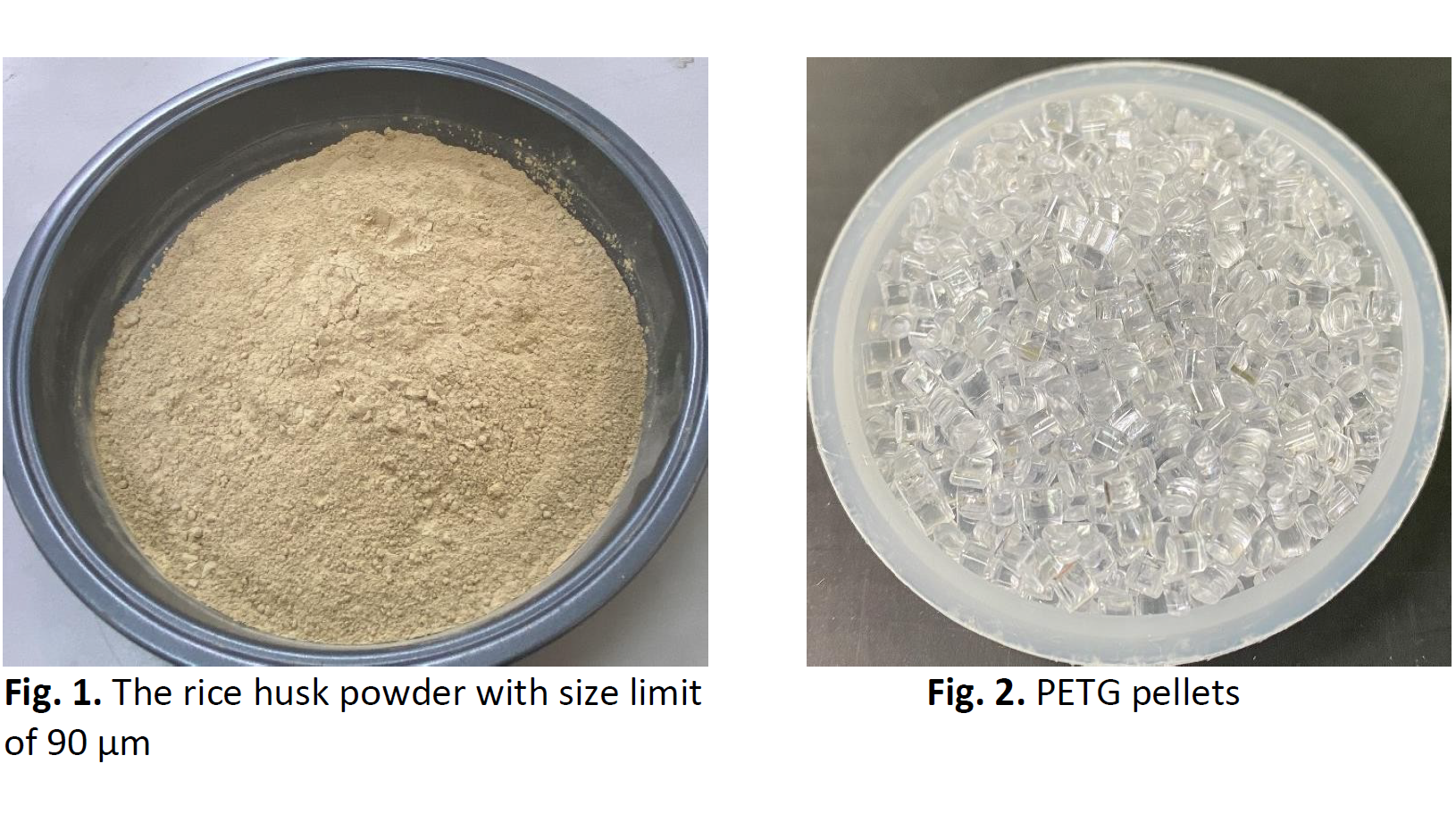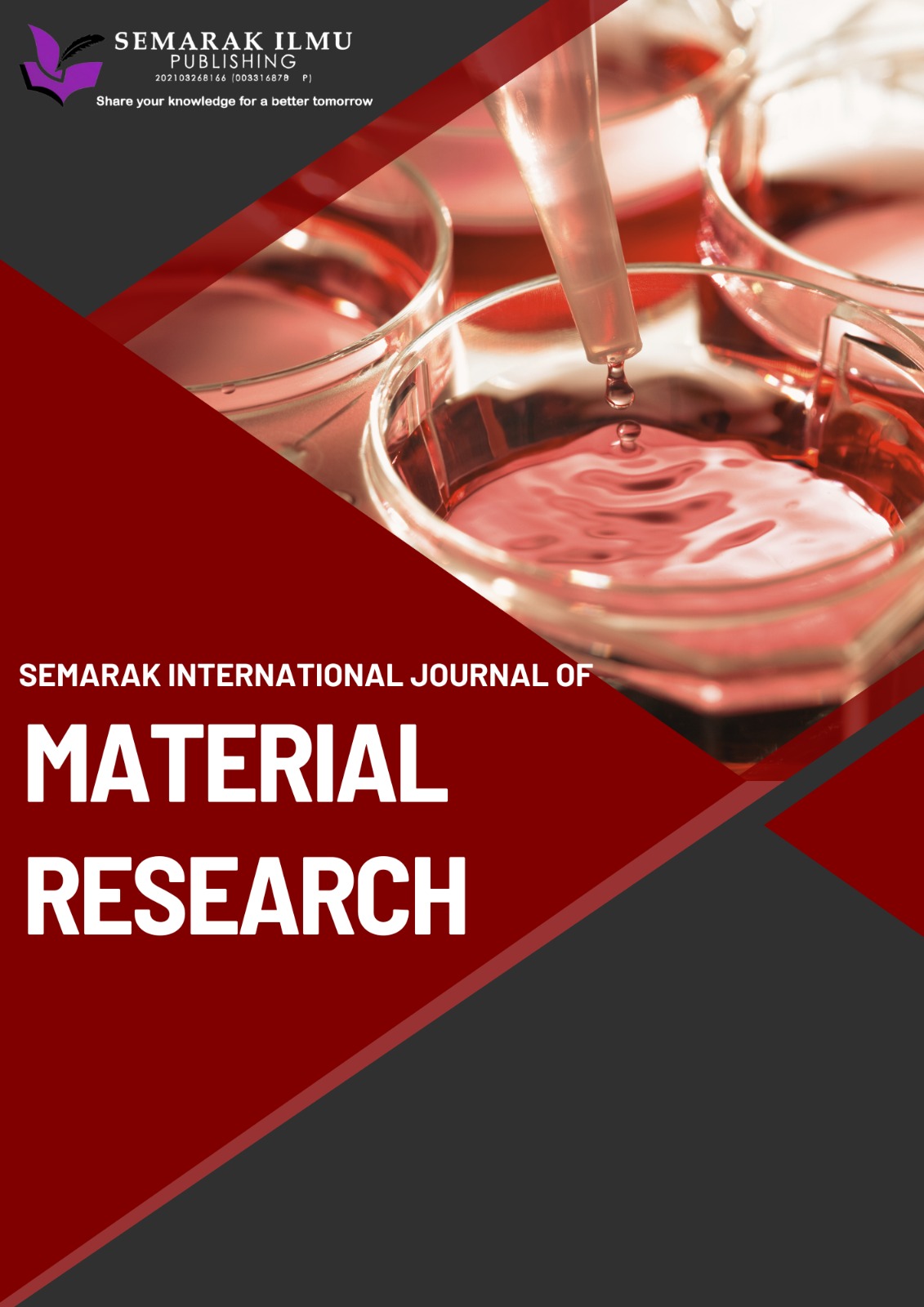Experimental Investigation on Surface Roughness, Hardness and Tensile Strength of Rice Husk (RH) as a Filler for Formulation of Polethylene-Terephthalate Glycol (PETG) 3D Filament Title of Manuscript
DOI:
https://doi.org/10.37934/sijmr.2.1.111Keywords:
Rice husk fiber, PETG, surface roughness, hardness, tensile strengthAbstract
Three-dimensional (3D) printing is one of the most widely used additive manufacturing techniques which is able to produce physical objects from geometrical illustrations using the applicable material. Polyethylene Terephthalate Glycol (PETG) is an additively manufacturable polymer material which is gaining attention for its excellent mechanical and chemical properties. However, it has mechanical limitations that restrict its broader use in 3D printing. Thus, reinforcing with natural fibers like rice husk (RH), an agricultural byproduct, show potentials in improving polymer composites. Nonetheless, their potential when blended with PETG for 3D printing applications are insufficiently explored, emphasizing the need for a systematic investigation. Henceforth, the present work seeks to formulate a 3D printing filament using PETG with RH powder that aims to enhance the mechanical properties of 3D-printed filament. This work also finds the mechanical interactions between varying ratios of PETG and RH to determine optimal composition for enhanced properties focusing on surface roughness, hardness and tensile strength. The PETG/RH filaments were produced from crushed raw RH and pellet form PETG. The varying ratios of RH at 0%, 2%, 6%, and 10% were blended with PETG into an extruder. The roughness of the surface was evaluated by direct imaging. The smoother filament was observed when loading up to 6 wt.% RH. In hardness and tensile strength test, the hardness and strength increased with loading up to 6 wt.% RH. This paper presents the results of optimal ratios of PETG/RH at 6 wt.%, as it improves surface roughness, hardness and tensile strength of PETG. This study adopted the same stance and claimed that the fiber’s tensile strength and hardness increased along with its weight until an optimal level. However, further increase in the sample leads to a stronger fiber-fiber bond which it weakens the interfacial bond of fiber-matrix. Weak interfacial bond of fiber-matrix resulting in inefficient load transfer, hence decrease the sample’s mechanical properties.













